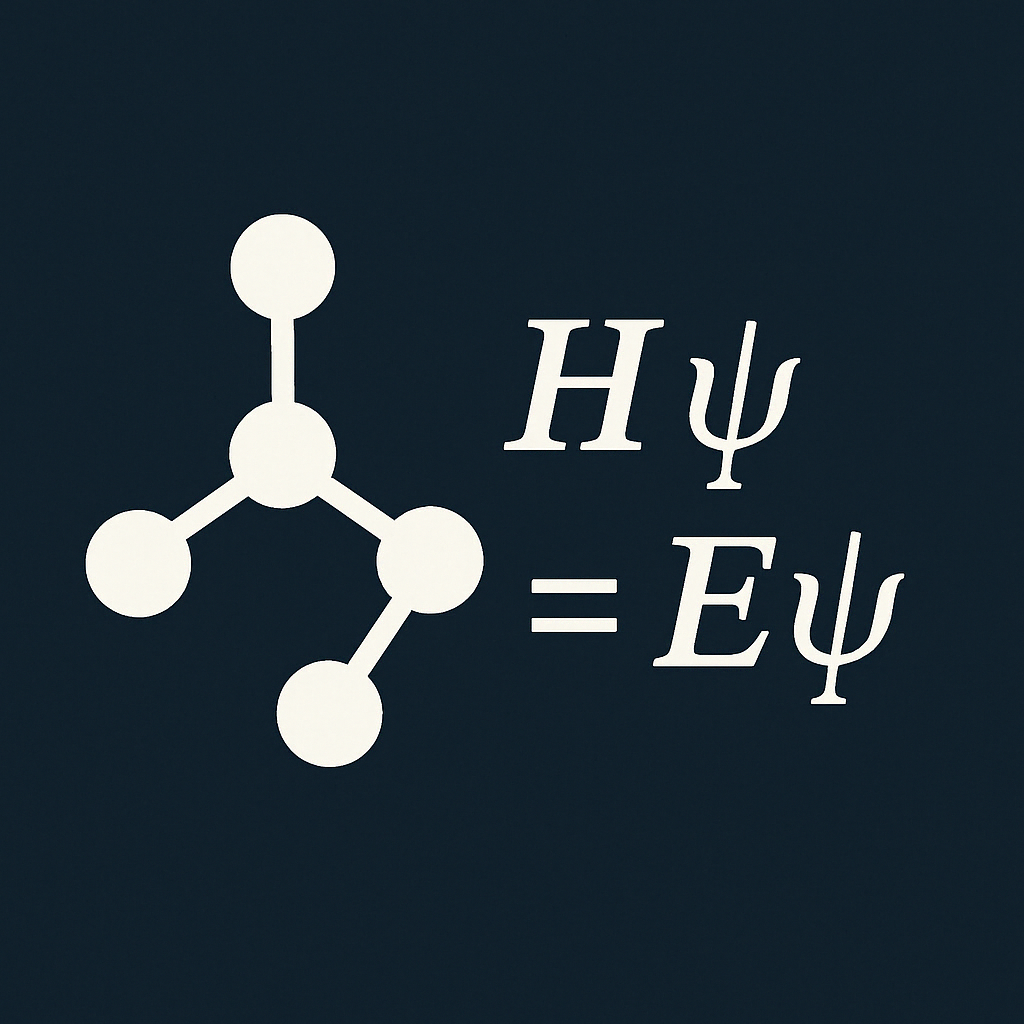Hartree-Fock Quantum Chemistry Solver
Project Overview
The Hartree-Fock Quantum Chemistry Solver is a computational quantum chemistry program that implements the self-consistent field (SCF) method for solving the electronic Schrödinger equation. This implementation includes both Restricted Hartree-Fock (RHF) and Unrestricted Hartree-Fock (UHF) algorithms, capable of handling closed-shell and open-shell molecular systems.
The solver is designed with a modular architecture that separates core quantum chemical algorithms from input/output processing, making it extensible for future enhancements and additional quantum chemistry methods.
